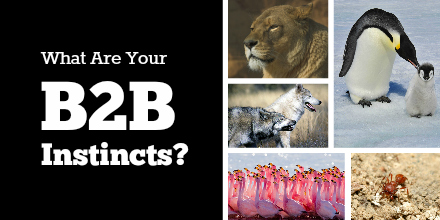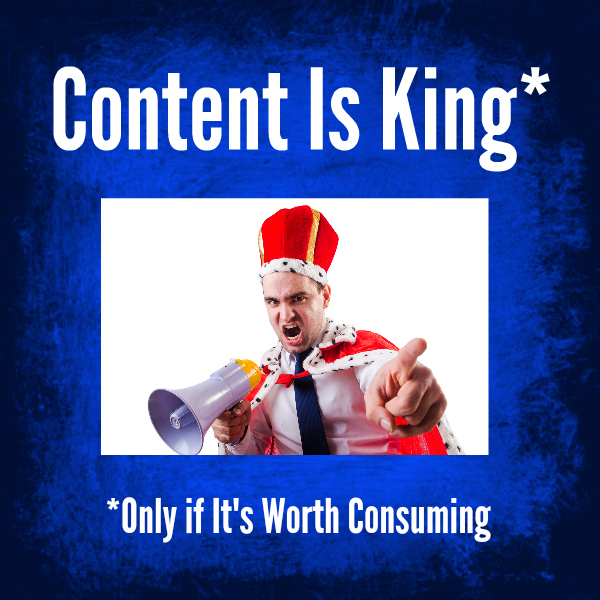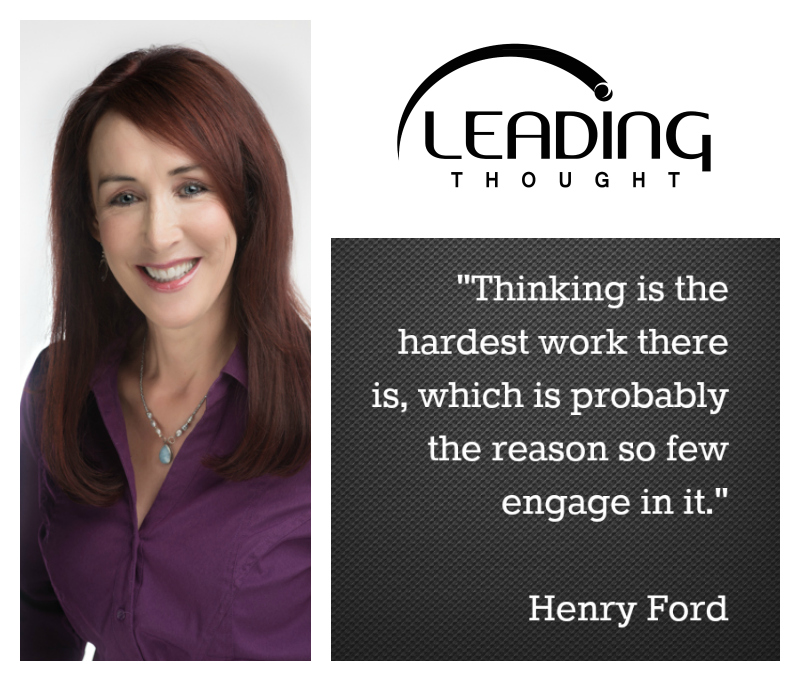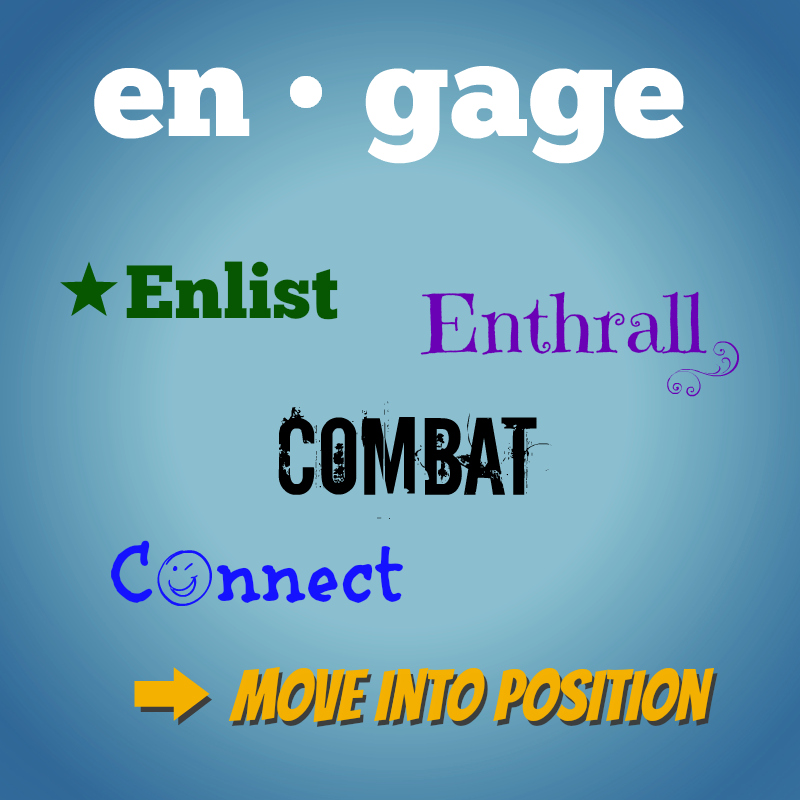
-

-

-

Thought Leadership Is Powerful, Provocative, and Poorly Understood: An Interview With Dr. Liz Alexander of Leading Thought
By Becky Tumidolsky Some marketers believe thought leadership…
-

-

-





By Becky Tumidolsky Some marketers believe thought leadership…


